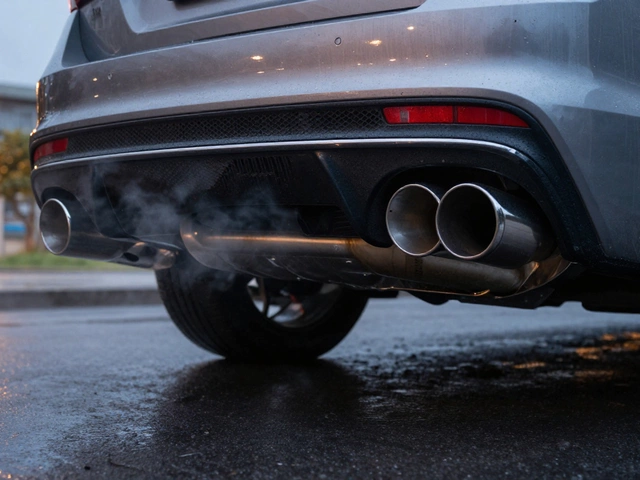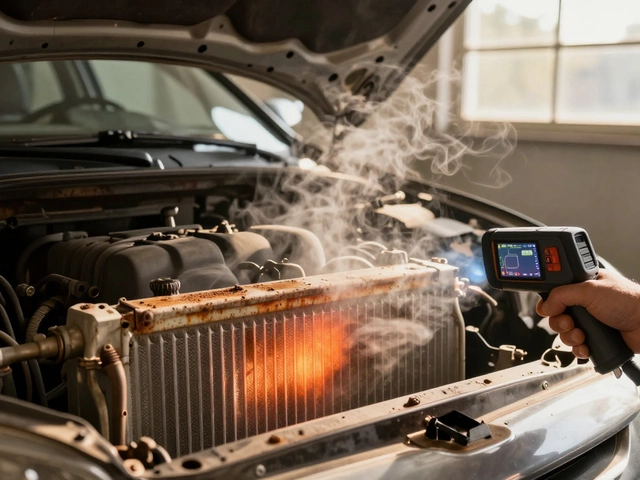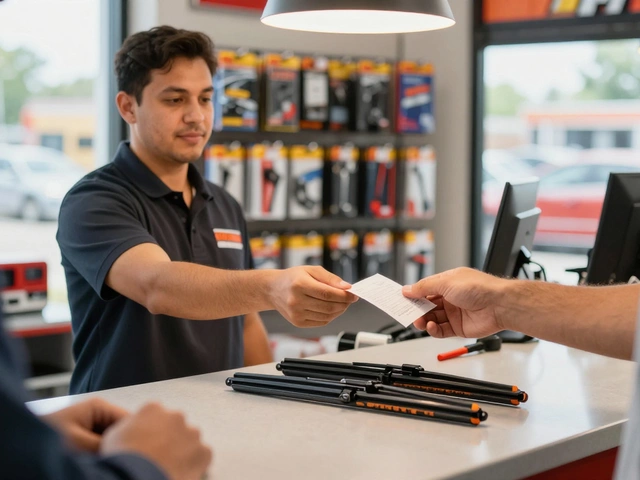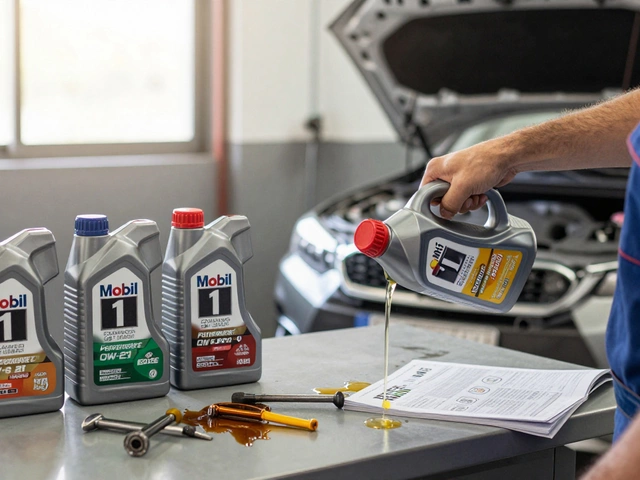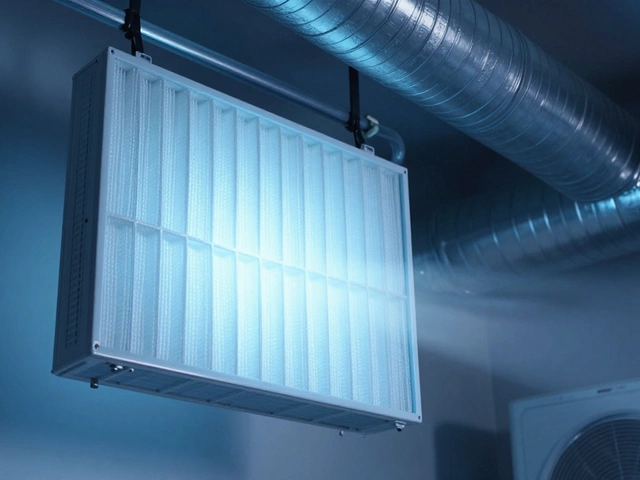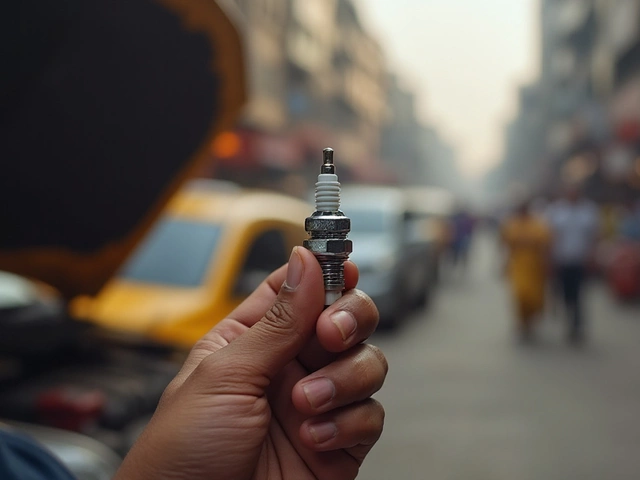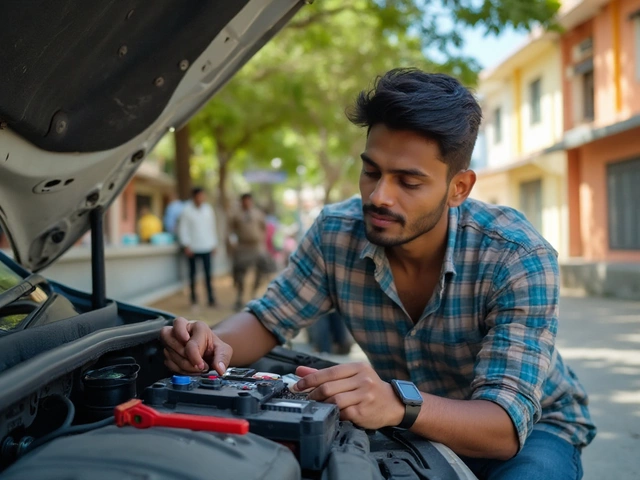Car Radiator Problems: What Triggers Overheating and How to Fix Them
When dealing with car radiator problems, issues that disrupt the vehicle's cooling system, causing leaks, clogs, or temperature spikes. Also known as radiator trouble, they can quickly turn a normal drive into a costly repair. The cooling system cooling system, a network of hoses, thermostat, water pump and radiator that regulates engine temperature relies on proper fluid flow; when that flow is blocked, the engine overheats. car radiator problems often start with a simple leak or a stuck thermostat, but the consequences can reach far beyond the radiator itself.
Why Engine Overheating Happens and What It Means for Your Car
Engine overheating engine overheating, a condition where the engine temperature exceeds the safe operating range, typically above 230°F (110°C) is both a symptom and a driver of radiator issues. When the coolant can’t carry heat away, metal parts expand, seals fail, and the radiator may crack under pressure. This creates a feedback loop: a failing radiator raises temperature, which stresses the radiator further, accelerating the failure. Understanding this loop helps you spot warning signs early—steam from the vent, a hot radiator surface, or a sudden loss of coolant.
Another key factor is the cost of fixing the problem. Radiator replacement cost radiator replacement cost, the total expense of parts and labor needed to install a new radiator, which varies by make, model and location in 2025 averages between $500 and $1,200, but labor alone can eat up half the bill. Knowing the price range lets you decide whether a repair, a rebuild, or a full swap makes sense for your budget and driving needs.
Beyond cost, the type of radiator matters. Aluminum radiators are lightweight and dissipate heat quickly, while copper‑brass units last longer but weigh more. Each material affects how the cooling system behaves under stress. For example, aluminum may develop corrosion faster if the coolant isn’t changed regularly, leading to clogged fins that reduce heat transfer.
So how do you prevent these problems before they hit the road? First, monitor coolant level and color every week. A pink or rusty hue signals contamination that can cause blockages. Second, test the pressure cap; a faulty cap lets coolant boil at lower temperatures, creating vapor bubbles that make the engine overheat. Third, flush the system every 30,000 miles to clear sediment that clogs the radiator core. These simple checks keep the cooling system functioning and can save you from expensive repairs.
When a problem does appear, diagnosing it correctly saves time. A pressure test can reveal leaks in the radiator, hoses, or the water pump. A thermal camera or infrared thermometer can pinpoint hot spots on the radiator surface, indicating clogged fins or a failing thermostat. Using these tools, you can decide whether a simple hose replacement will do or if the entire radiator needs swapping.
For DIY enthusiasts, replacing a radiator is a doable weekend project if you have the right tools: a drain pan, a set of wrenches, and a torque wrench to tighten fittings to manufacturer specs. The process involves draining coolant, removing the old unit, installing the new one, refilling with fresh coolant, and bleeding air from the system. Skipping the bleed step is a common mistake that leaves air pockets, causing the engine to overheat again.
Professional mechanics, on the other hand, often combine a radiator swap with a thermostat check, water pump inspection, and a cooling system flush. This comprehensive approach ensures that once the new radiator is in place, the entire system works harmoniously, reducing the chance of a repeat failure.
Overall, understanding the link between car radiator problems, the cooling system, engine overheating and repair costs equips you to act fast and smart. Below you’ll find detailed guides, cost breakdowns, DIY steps, and expert tips that cover every angle of radiator trouble—from spotting a slow leak to choosing the right replacement.
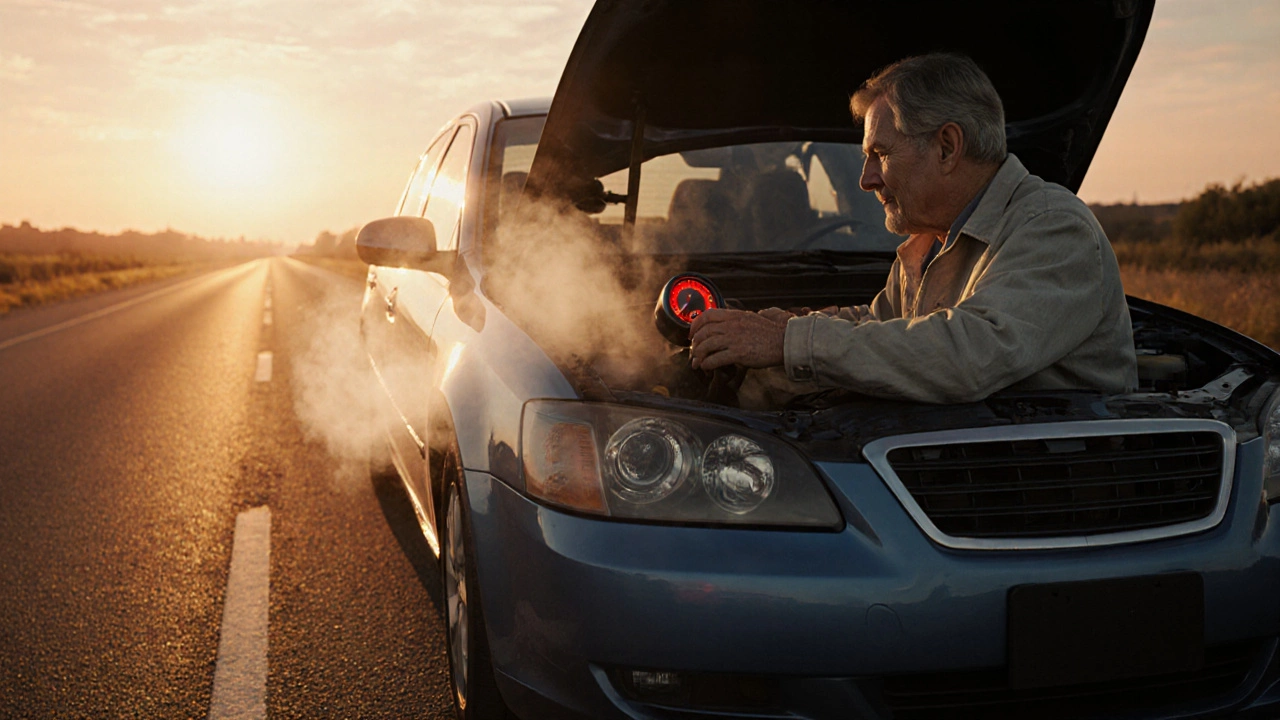
Driving with a Bad Radiator: Risks, Signs, and What to Do
Learn why driving with a bad radiator is risky, how to spot the signs, short‑term fixes, and when to seek repair. Stay safe and avoid costly engine damage.
CONTINUE READING